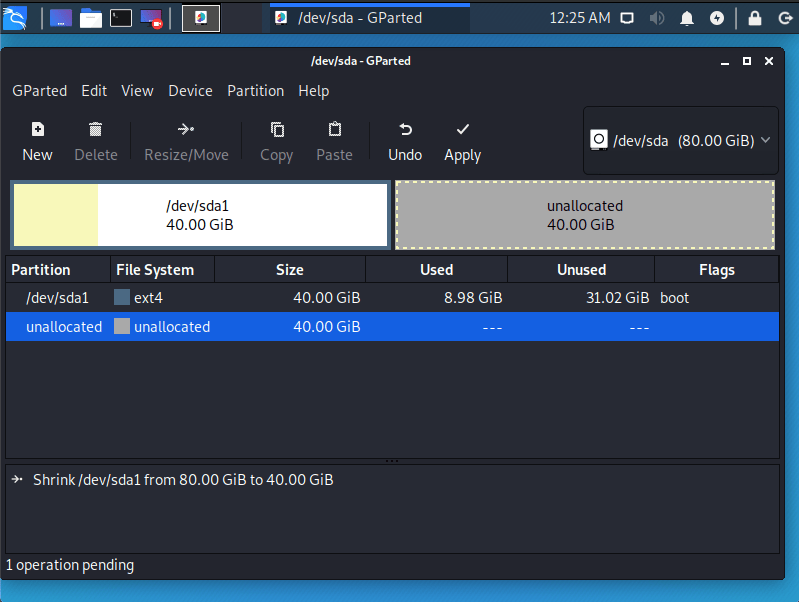
 ID – An ID used by the system for the partition. Sectors – The number of sectors allocated for these partitions. End – The ending sector allotted to this partition. Start – The starting sector allotted to this partition. Boot – The * sign in this column indicated that the respective partition contains the bootloader information that is used to boot your system. Device – Name of the device/logical partition. This is what the various column indicate: When you scroll down further, the output displays the partition table as follows: Enter the following command as sudo: $ sudo fdisk -l If no devices are given, those mentioned in /proc/partitions (if that exists) are used. The -l option shows the partition tables for the specified devices and then exit. When you do not mention any device name, fdisk uses the devices mentioned in the /proc/partitions file. The -l flag is used with the fdisk to list the partitions table of the specified device and then exit.
ID – An ID used by the system for the partition. Sectors – The number of sectors allocated for these partitions. End – The ending sector allotted to this partition. Start – The starting sector allotted to this partition. Boot – The * sign in this column indicated that the respective partition contains the bootloader information that is used to boot your system. Device – Name of the device/logical partition. This is what the various column indicate: When you scroll down further, the output displays the partition table as follows: Enter the following command as sudo: $ sudo fdisk -l If no devices are given, those mentioned in /proc/partitions (if that exists) are used. The -l option shows the partition tables for the specified devices and then exit. When you do not mention any device name, fdisk uses the devices mentioned in the /proc/partitions file. The -l flag is used with the fdisk to list the partitions table of the specified device and then exit. 
It is also used to format the disk, however, here we will use it to list the partitions table by using a particular flag with it. The fdisk command that stands for Format-disk or Fixed-disk is basically used to create or delete hard disk partitions. Get list of partitions with fdisk command
MountPoint – The mount point of the device(if applicable). Type – Type of device, i.e, if it is a disk or partitions, etc. RO – Is the device read-only(1) or not (0). RM – Whether the device is removable(1) or not (0). In the above output, you can see all the logical partitions from sda1 till sda5 for my sda device. Enter the following command in your Terminal to list the partition table: $ lsblk The lsblk command lists all the block devices of your system along with their logical partitions. We have run the commands and procedures mentioned in this article on an Ubuntu 20.04 LTS system. You can open the Ubuntu command line, the terminal, using either the System Dash or the Ctrl+Alt+T key combination. We will use the CLI to execute these commands. 
In this article, we will list and explain various Linux commands that you can use to view your device’s partition table. For example, /dev/sda is the first SATA/SCSI disk, /dev/sdb is the second SATA/SCSI disk. The sd* device refers to SCSI or SATA hard disks in your system. Your device is listed in the partition table as /dev/sda, /dev/sdb, and so on. The partition table, which contains information about all your logical drives or partitions, is located in sector 0 of your hard disk. You can create a maximum of four primary partitions on a hard disk, but a number of logical or extended partitions, depending on the size of the hard disk you have installed in your system. This helps us reorganize old drives by making room for more partitions, and also make room for new drives if needed. As Linux administrators, we always need to look at the partition table of our hard drive.







 0 kommentar(er)
0 kommentar(er)
